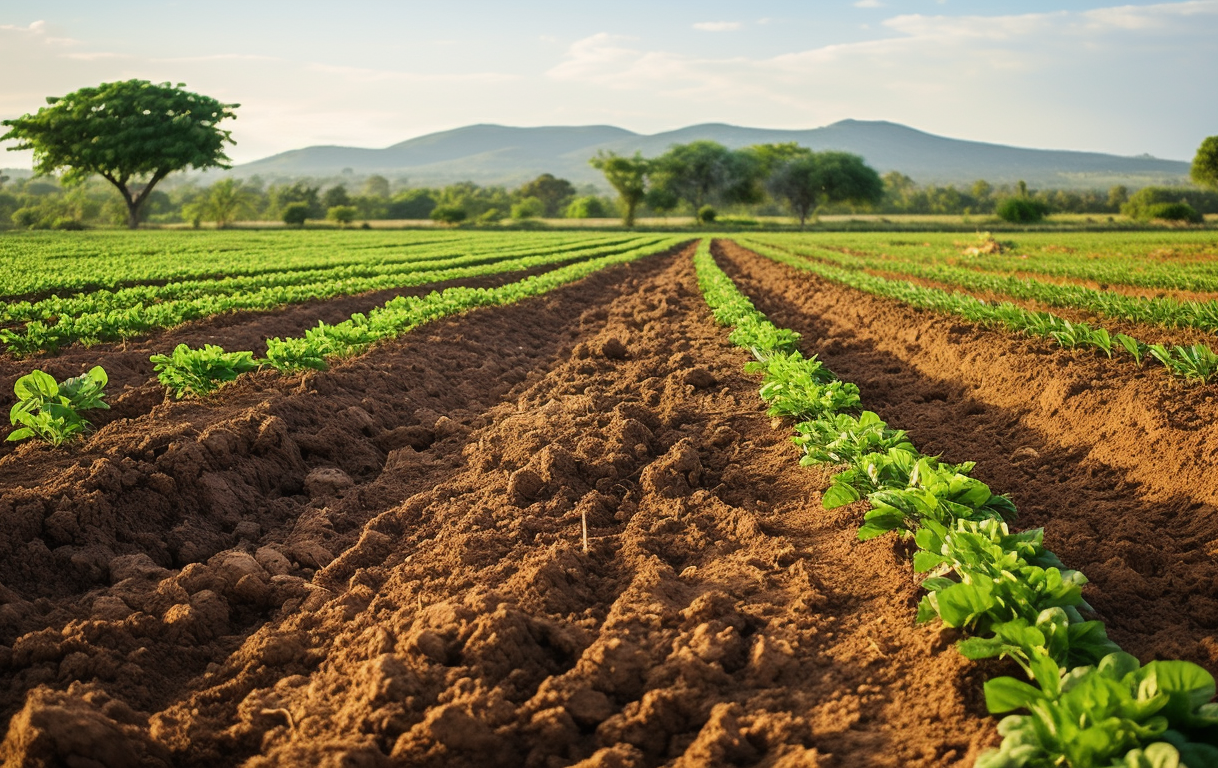Humans need food to survive, but they need quality food to thrive. The agricultural process behind our food is not, unfortunately, as simple as planting a seed and watching it grow.
Crop fields in particular, which cover large expanses of terrain and must be replanted annually to satisfy consumer demand and keep up with the supply chain, need extensive care. The soil that crops are planted in must be capable of supporting growth, and repeated planting of the same crops yearly is known to deplete nutrient levels in the dirt. Farmers and other agricultural experts must be able to protect their plants from droughts, insects, contamination, and disease. Of these, experts cite that contamination from “leaks, spills, historical practices, and poor disposal practices” is the most likely to affect any food destined for the supermarket – mass-produced to feed the largest number of people possible.
Crop Protection and Environmental Remediation
The most effective way to protect crops is to eliminate any threats outright. This can be done through an environmental cleaning process called “Environmental Remediation”. During the remediation process, contaminants in the ecosystem are removed or reduced to safe levels, allowing healthier plants to grow and to continue feeding people. And a healthier plant equals a healthier plate, naturally!
What Causes the Need for Environmental Remediation and How Do Contaminants Reach Our Food Supply?
How does pollution from factories or garbage disposal make it to farms in the first place though?
Often, contaminants reach crops via the water supply. Not too long ago, it was unfortunately common for manufacturing plants to dispose of waste directly into rivers or lakes, polluting the water supply. Today, many hazardous materials are still incorrectly disposed of or stored improperly and consequently affect nearby water supplies.
Even on solid ground, contaminants from these hazardous materials can penetrate the soil when handled improperly. Once in the soil, the contaminants can travel through the ground until they find their way into an underground supply of water. This is, very appropriately, known as “groundwater” and is more important than the surface water of lakes and rivers when it comes to everyday water usage. In the United States, the majority of the population depends on groundwater as a source of drinking water. This includes not only people but also the plants and animals raised and consumed as food.
The main culprits of soil contamination are the same as groundwater contamination: improper handling of hazardous materials, chemical spills, past industrial activity, and so on. However, the use of certain pesticides and fertilizers, despite how useful they may seem for growing crops, can also cause a need for environmental remediation.
What Methods of Environmental Remediation are Available and How do I Know if I Need One?
Methods of environmental remediation include pumping and treating, excavation and dredging, oxidization, solidification and stabilization, soil vapor extraction, or bioremediation. The method used is determined through site assessments and testing. Many companies sell testing kits or equipment that provide insight into an ecosystem’s health, including testing for abnormal or healthy levels of nitrates, ammonia-oxidizing bacteria, and so on – all very important levels to be aware of, as they can affect the quality of the foods we eat!





